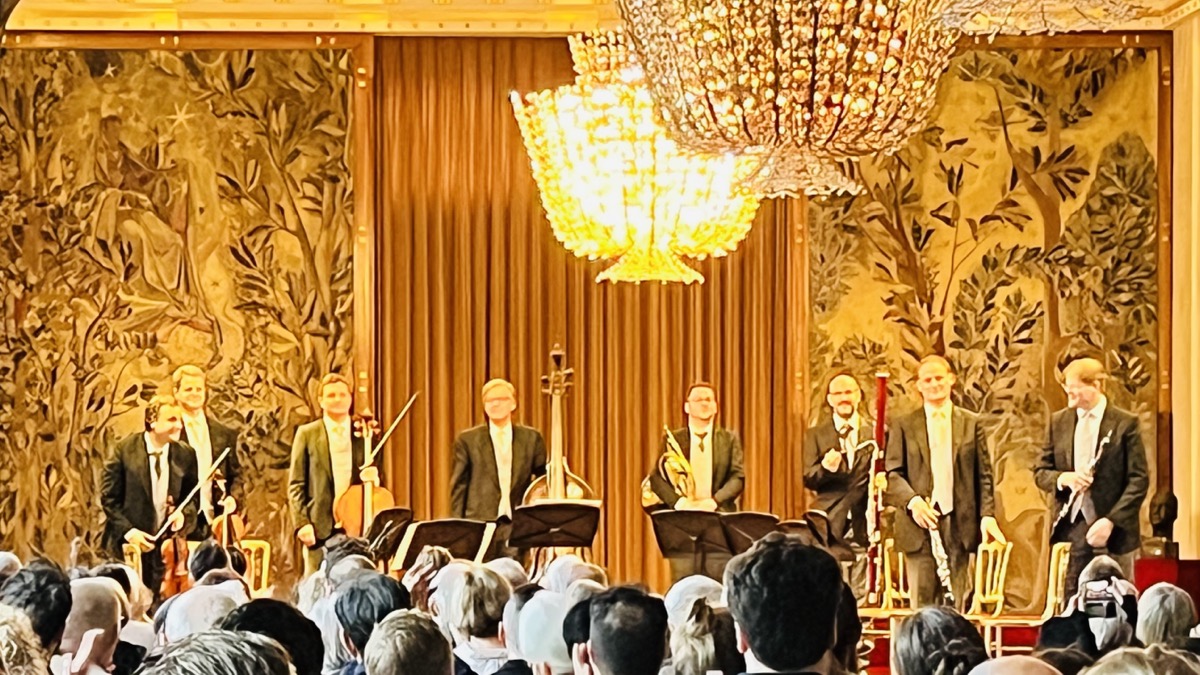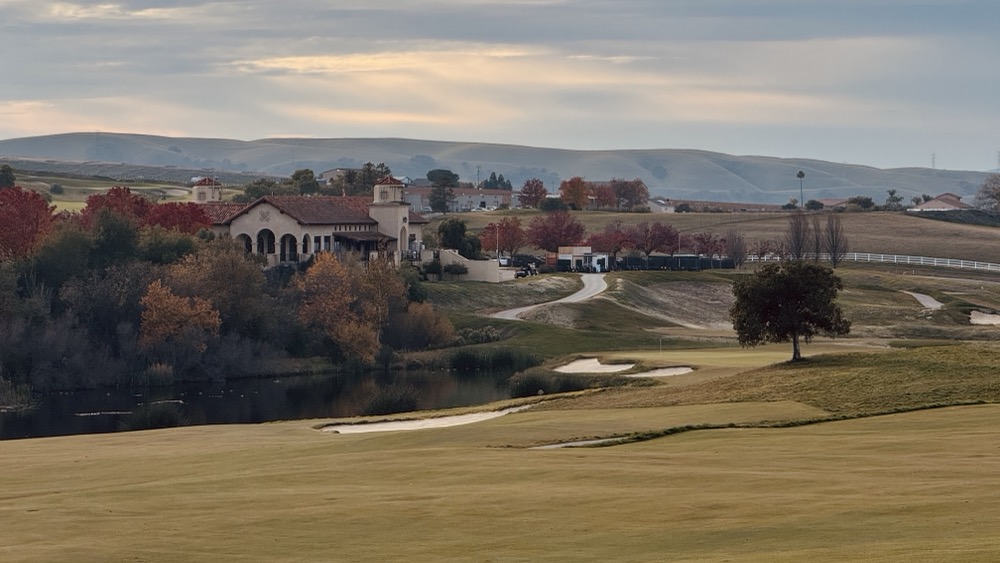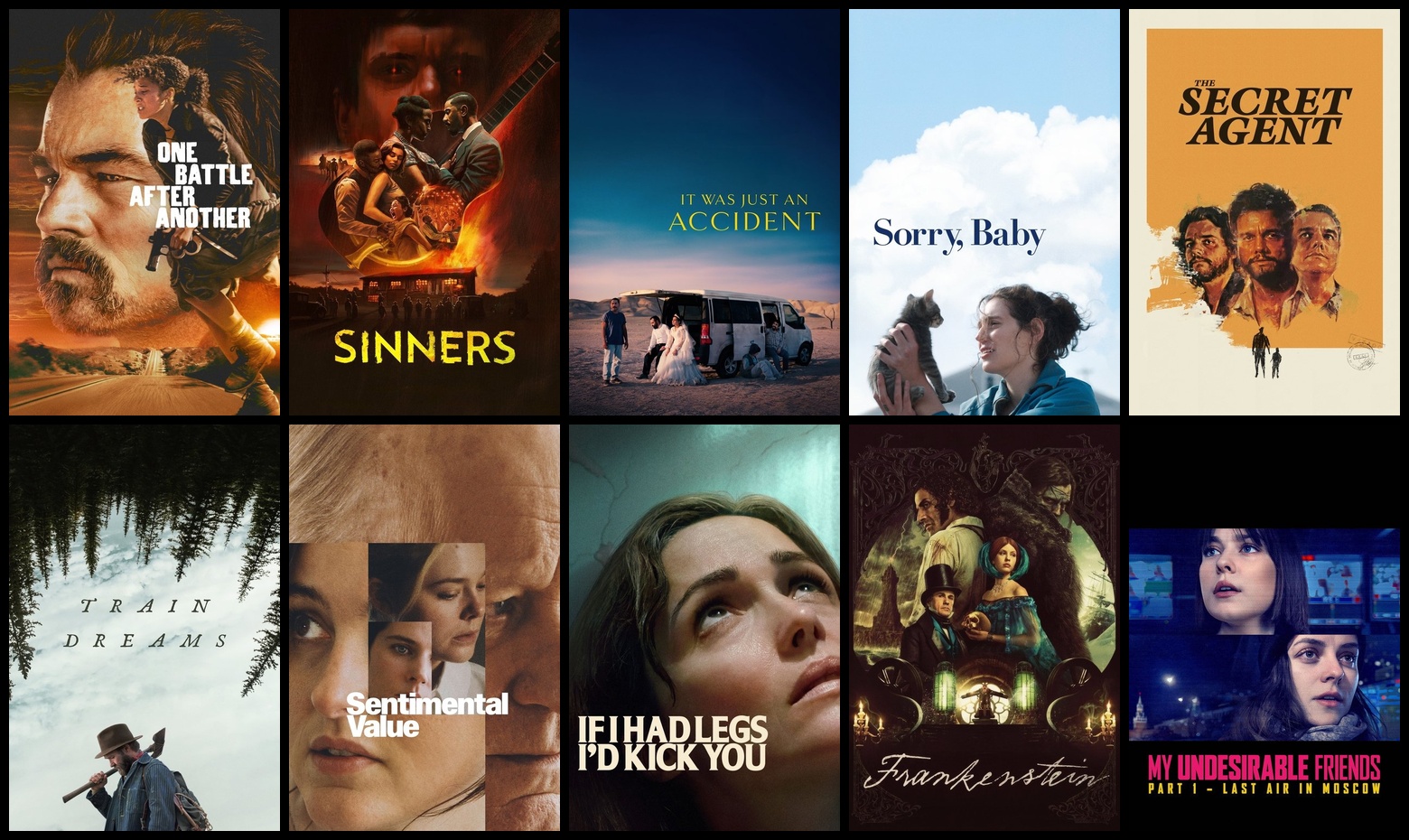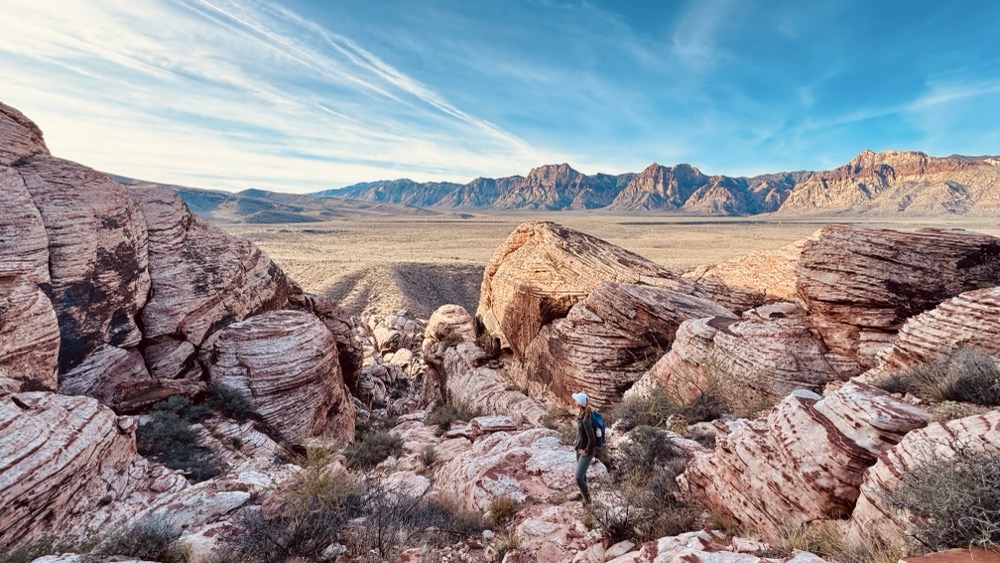Vienna - Art and Music
Sadly Vienna greeted us with cold, wind, and driving rain. We revised our schedule a bit and ducked indoors for most of the first 36 hours.
 Julie with La Infanta
Julie with La Infanta
We arrived just after noon, checked into our hotel, then ventured into the heavy rain. After doing an audio tour on a tram ride around the city, we walked over to the Hofburg Palace Imperial Apartments to see (yet another) royal palace with lavish decorations. This visit was more special than most though: the first half weaved in the story of Empress Elisabeth of Austria, aka Sissi, and her doomed life of royalty. Stories make museums more compelling, and this was a good story.
The next morning we visited the massive Kunsthistorisches Museum Vienna, expecting to focus on more Catholic renaissance religious art but being surprised by the Egyptian, Roman, and Greek antiquities. We spent about 2/3 of our time in this section, making quicker work of the painted art collection. We found the art a bit challenging to navigate at times, almost missing my primary destination: the collection of Infanta Margarita Teresa paintings, with echos of Las Meninas which we’d seen earlier in the Prado. I never understood why Vienna had these treasured paintings; now I know: she was promised to Leopold 1, and Madrid routinely sent updated snapshots of her (in the form of Velasquez masterpieces) to keep her future husband (also her uncle, also her first cousin) updated on her growth.
 Pre-show view from our opera standing location
Pre-show view from our opera standing location
I was eager to experience the classical music scene in Vienna, but not eager to spend 200 euros each on opera tickets. Did some research and Julie and I lined up for standing room only tickets, hoping to gain entry and at least stay for the first act. We did, and we did! The opera was Monteverdi’s Il ritorno d’Ulisse in patria, the story of Ulysses’ (Odysseus) return to home. I’m glad I had recently read Emily Wilson’s modern translation, and I’m very glad there were monitors in front of us with English translations of the songs.
The set was non-traditional, including modern-ish (50s?) business wear for some of the cast, and the gods hanging out in airplane seats while waiting for their next turn to sing. It worked OK. The music was renaissance style (this is a very early opera in the genre), the singing was phenomenal, but Julie and I can’t see this being a regular thing for us. We left after the first act… two hours later. We walked to a locals sports bar, had beer and dinner, and were back in our hotel room before the opera would have ended.
 Chamber musicians
Chamber musicians
Chamber music was up next for us the following morning, back at the State Opera but in a side… chamber. About 150 spectators total, we watch an 8 piece group (violin, viola, cello, double bass, French horn, bassoon, clarinet, and oboe) play two sets of obscure (to me, and maybe to others) composers. The first was August Walter, with pieces that seemed to feature the oboe and clarinet. Next was Georg Druschetzky, with similar pieces that appeared to be more complex. We were both most impressed by the oboe player and his solos. So happy we did this concert; I got tickets about 10 days in advance and it did sell out.
 In the Albertina
In the Albertina
After the chamber music we walked to the Albertina, featuring modern art (impressionism and beyond) in an exceptionally well curated setting. I guess the museum is known for its prints and drawings collection, and they have a temporary exhibit featuring the creating of print making as an industry and art medium. I didn’t expect to enjoy this much, but was very wrong. And the art collection is extremely good, with my favorite room being the Fauvists and pointillists.
While we’ve grown weary of renaissance art, we have yet to tire of quality art museums. More to come on this trip.








